No, not me. The tea.
Some of you already know this or have experienced this first hand. Sometimes when you are drinking a tea, you reach a point where you feel the tea is no longer capable of giving you much of anything. At this point, the instinctive thing to do is to dump it, and then start over, or just call it a day.
However, one way to deal with this is to actually let the tea rest – not for a few minutes, but for a few hours, or maybe even overnight. You can just leave it in your gaiwan or yixing. I’m not sure what the mechanism is, but it does seem to me sometimes a tea will get pushed and pushed, and it seems to run out of juice and you get nothing other than slightly sweet water. However, I suspect what’s going on is that as the leaves are still wet, something in the leaves break down during the resting time, and the tea therefore yields some more to you. Moreover, your tastebuds might be getting a rest too, so all of a sudden you’re fresher, and the tea, in some ways, also seems fresher.
I grandpa a lot of teas these days, as my workplace is not very gongfu friendly. I was drinking my usual aged tieguanyin the other day at work, and at the end of the day, drained the cup and left the leaves in there, lid open. The next morning, I came in, poured the cup full of hot water, put the lid on, and “baked” the tea for probably half an hour. The result was a pretty flavourful tea that was surprisingly interesting – even more than normal, with a good minty feeling that normally isn’t very obvious in this aged tieguanyin. I ended up having another cup of this tea before finally giving up on it and throwing the leaves out.
I’m not sure what happened, but I’m pretty certain the flavours I got the next morning was a little different from the usual, as I drink this tea pretty often. I suspect something happened overnight that made it taste a little different – possibly some kind of chemical breakdown, possibly the effect of it drying, or maybe the morning sun shining on the leaves did something. Regardless, something happened, so I got a different flavour profile than if I had just poured another cup. It’s as if I was drinking a different, but somewhat related tea.
I know others who do this too, but in different ways. Some will keep long-brewing the tea for hours, others will let the tea rest for a few hours and return to it half a day later. Regardless, resting the tea, somehow, seems to revive it a bit, just enough to give you a few more interesting cups. Of course, that may not necessarily be what you want all the time – a crappy tea isn’t going to magically transform into something amazing with this technique, but if you think a good tea is about to die on you, let it go and come back later. You could be surprised, though, I should caveat, not always pleasantly.

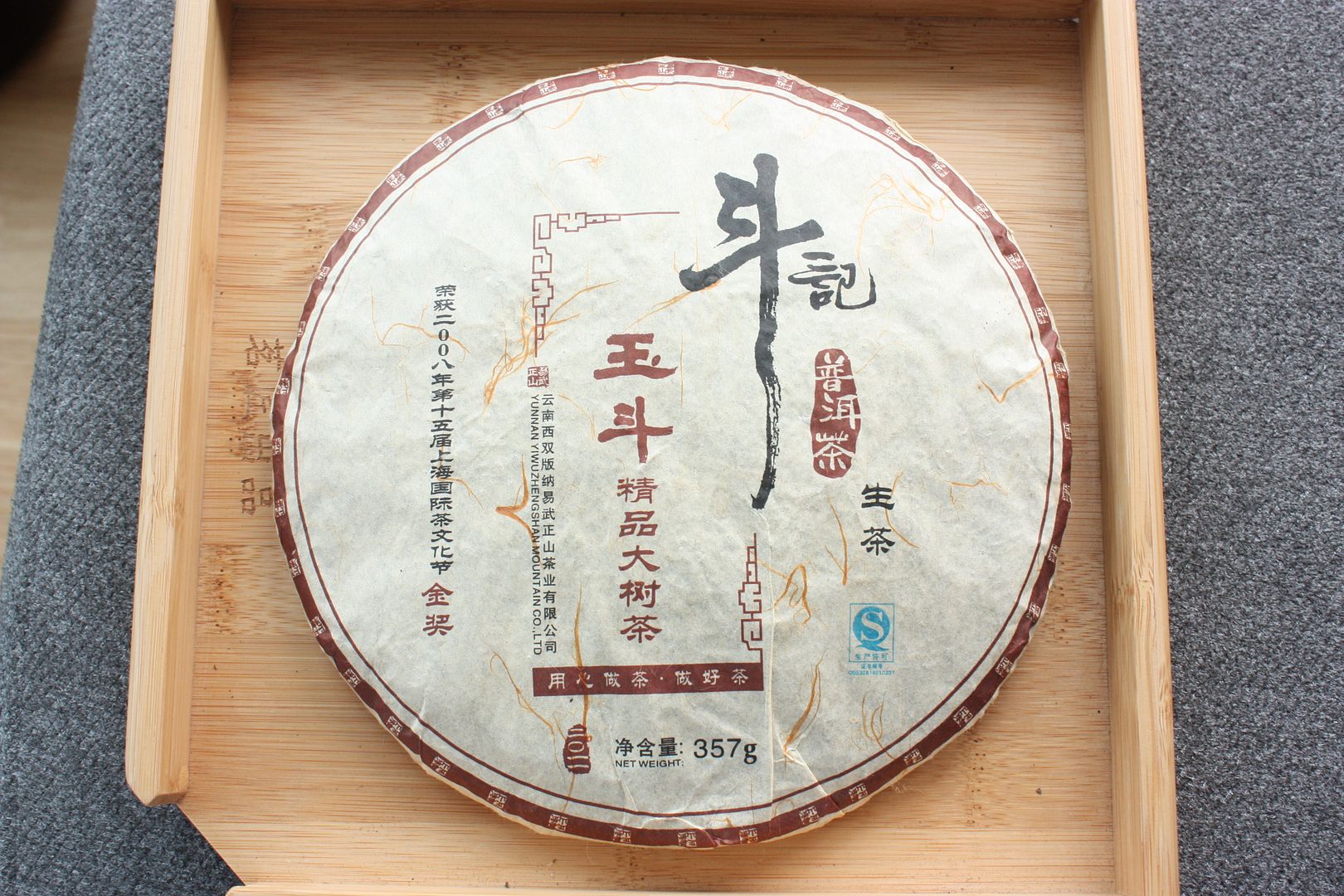
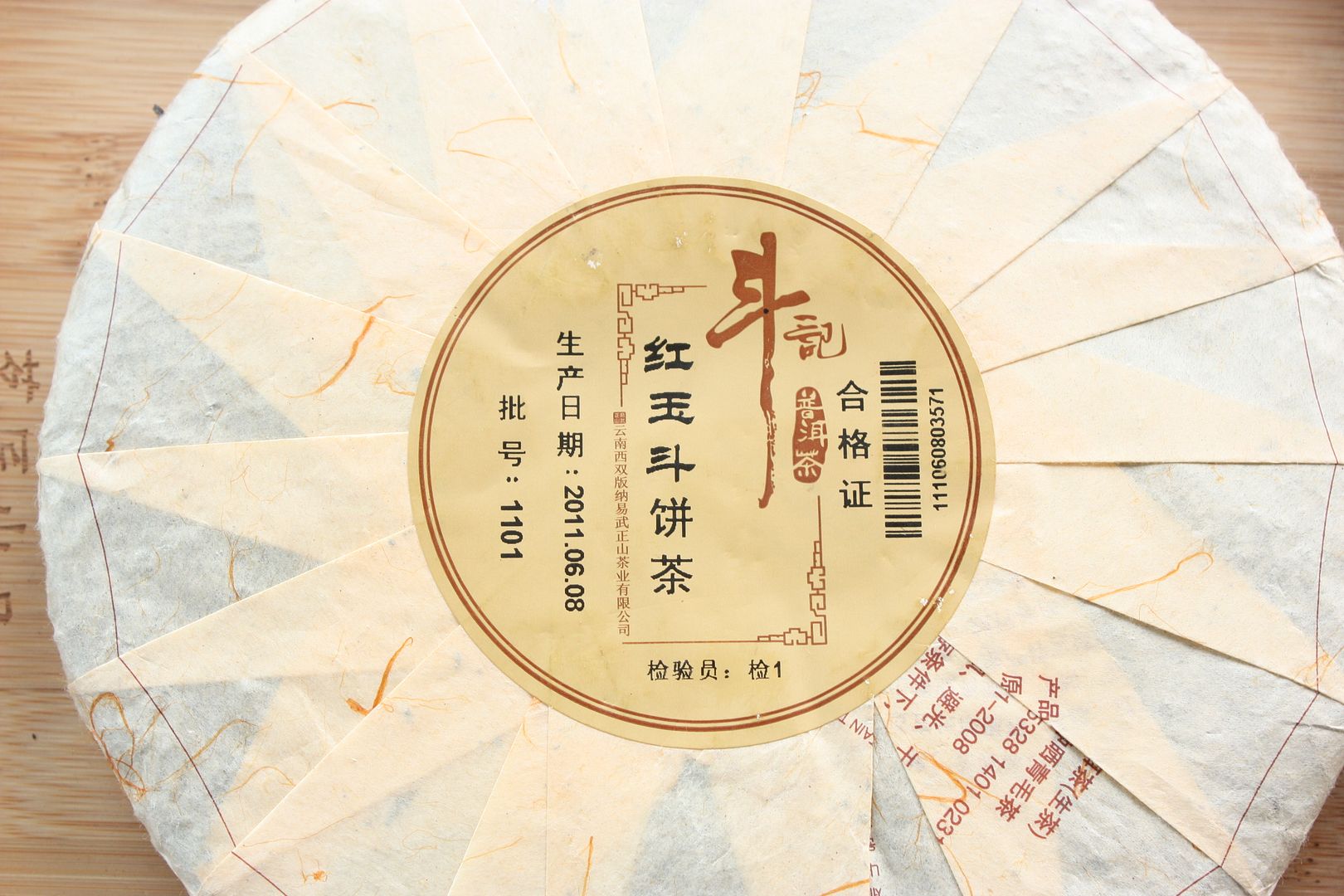

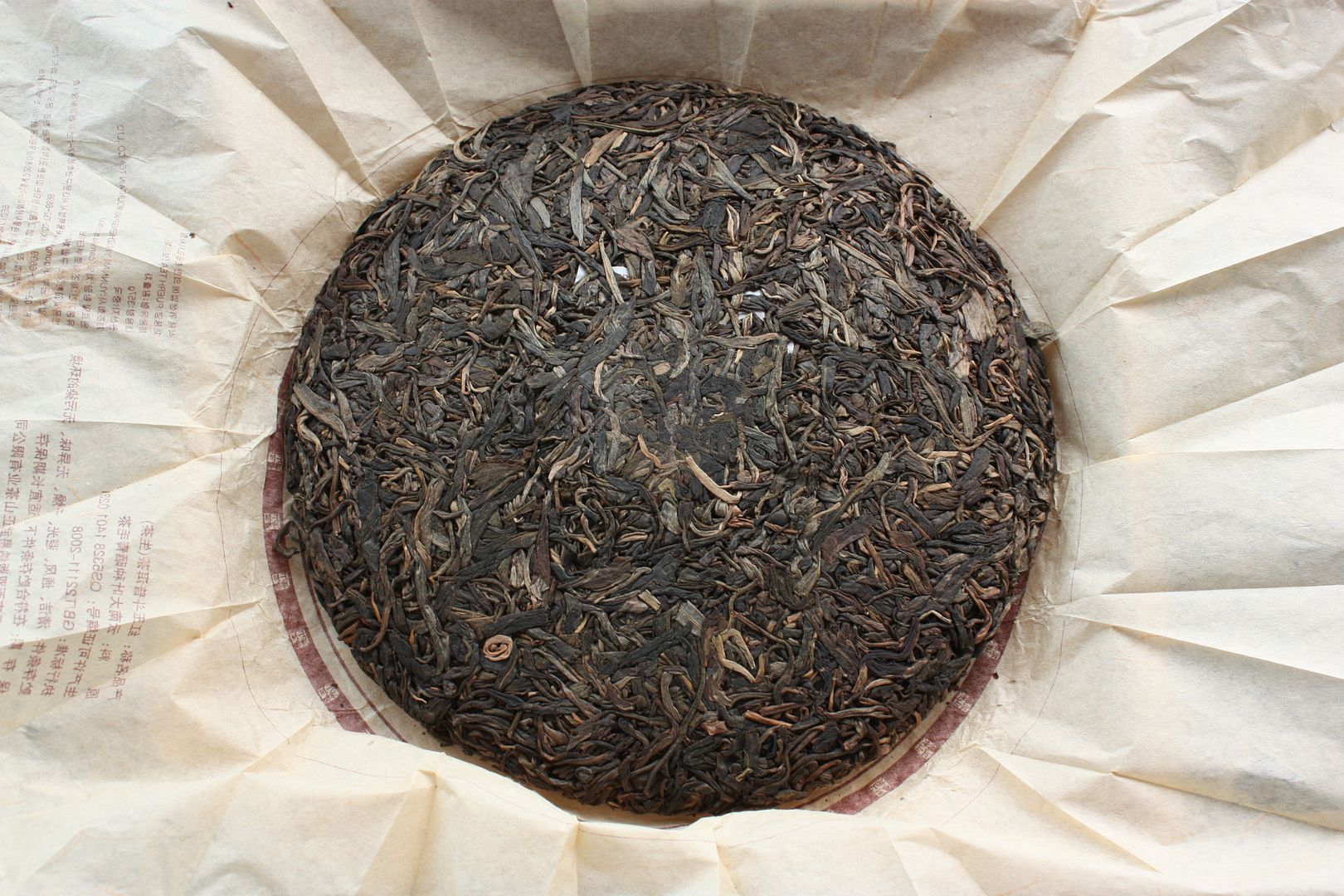
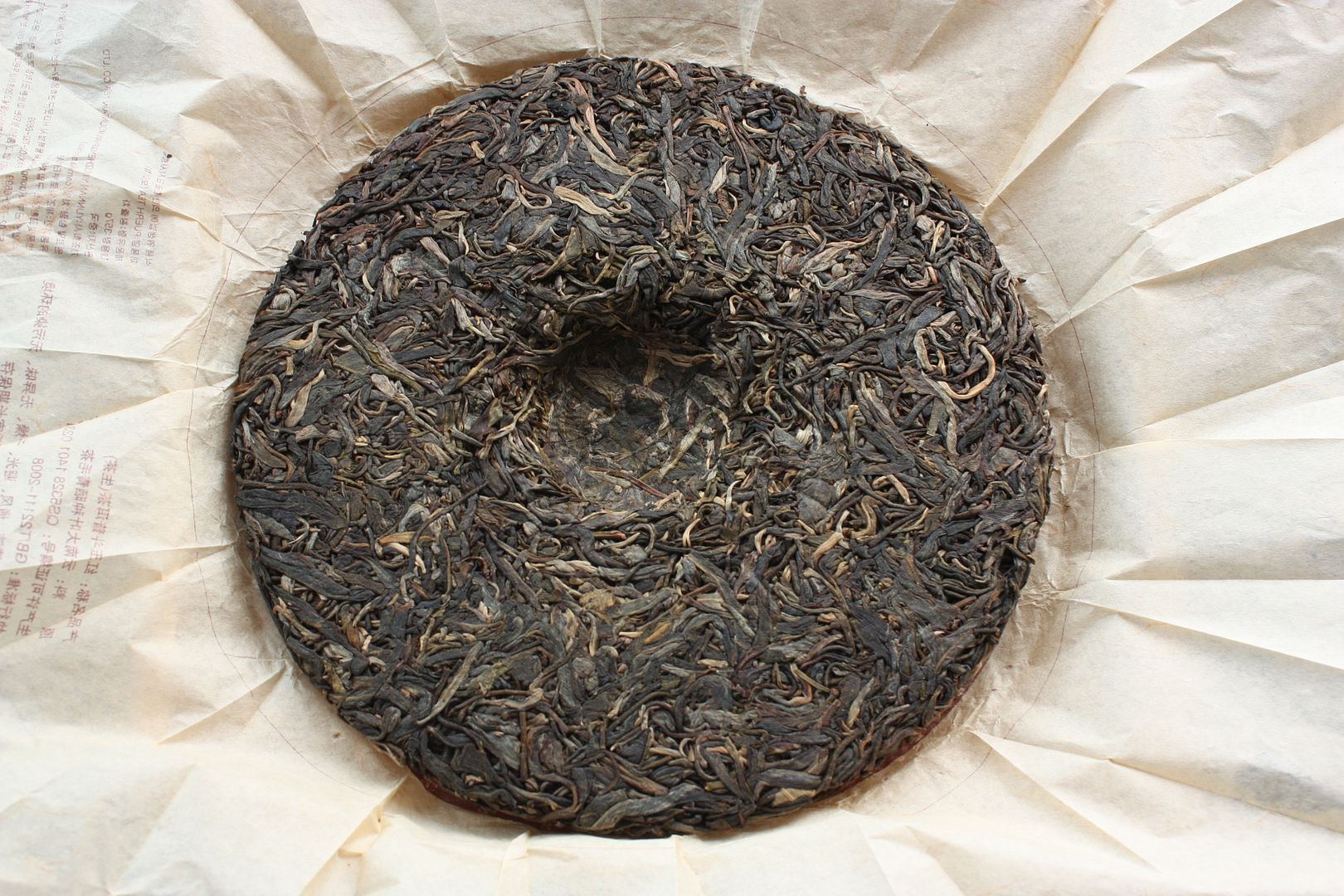
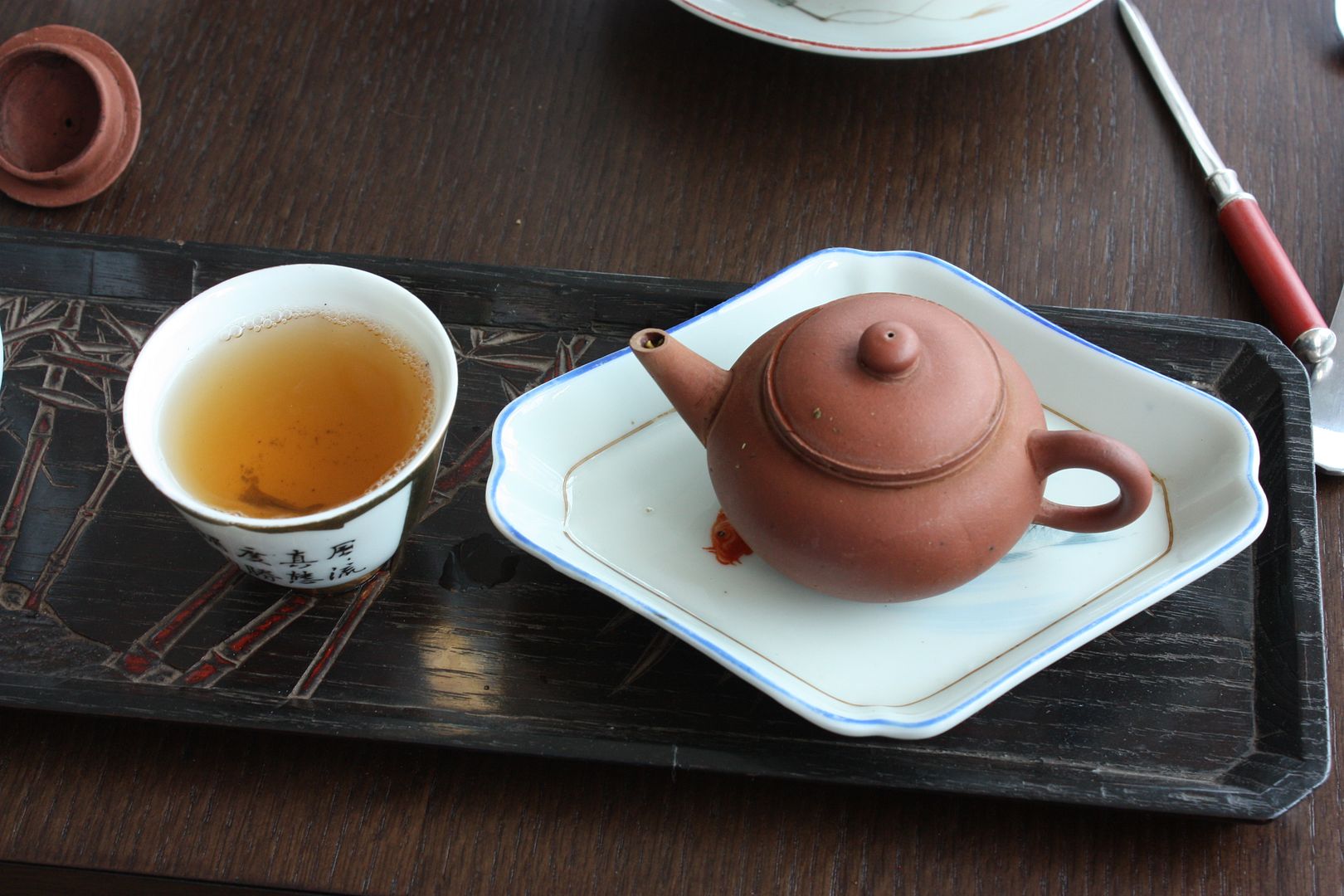
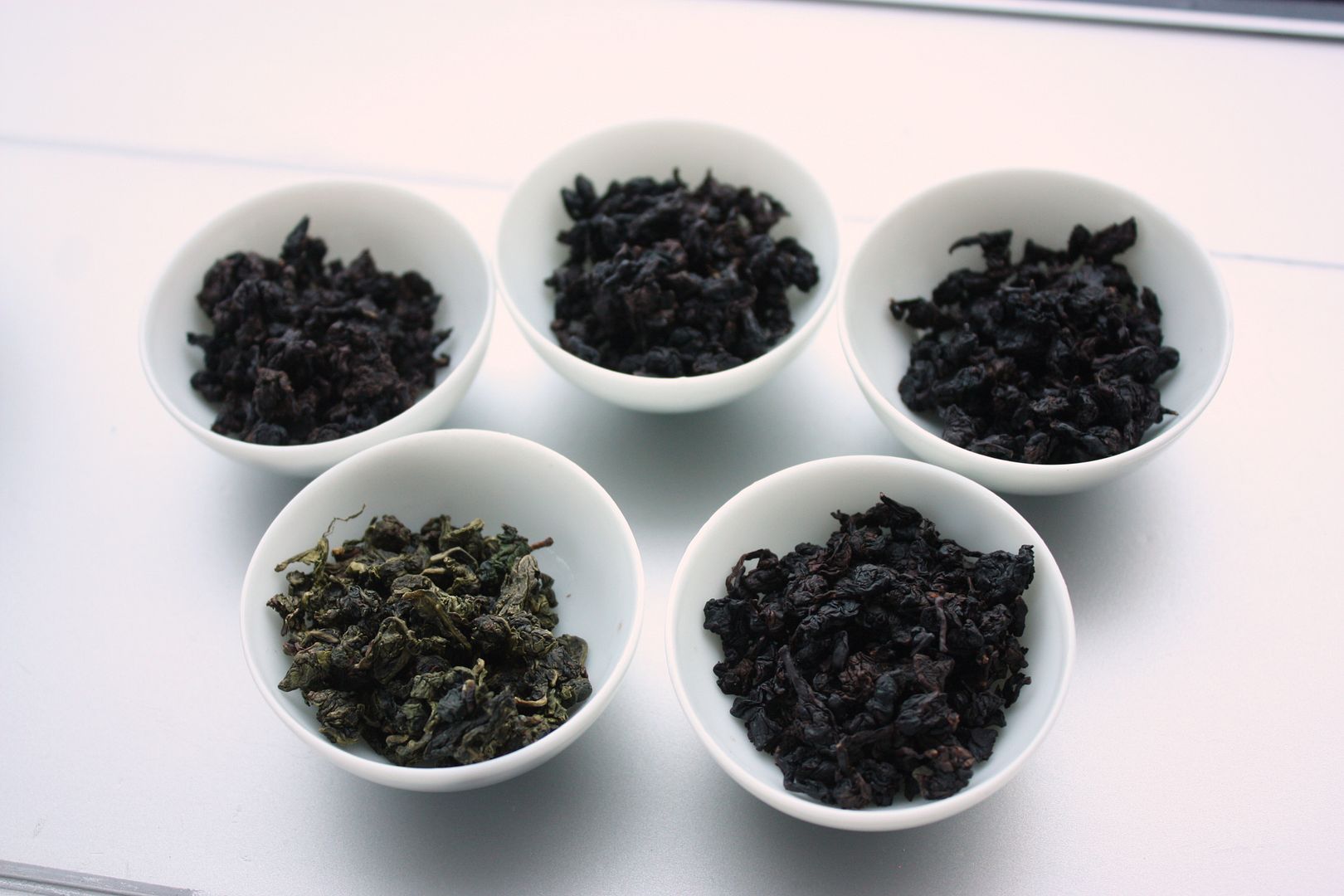
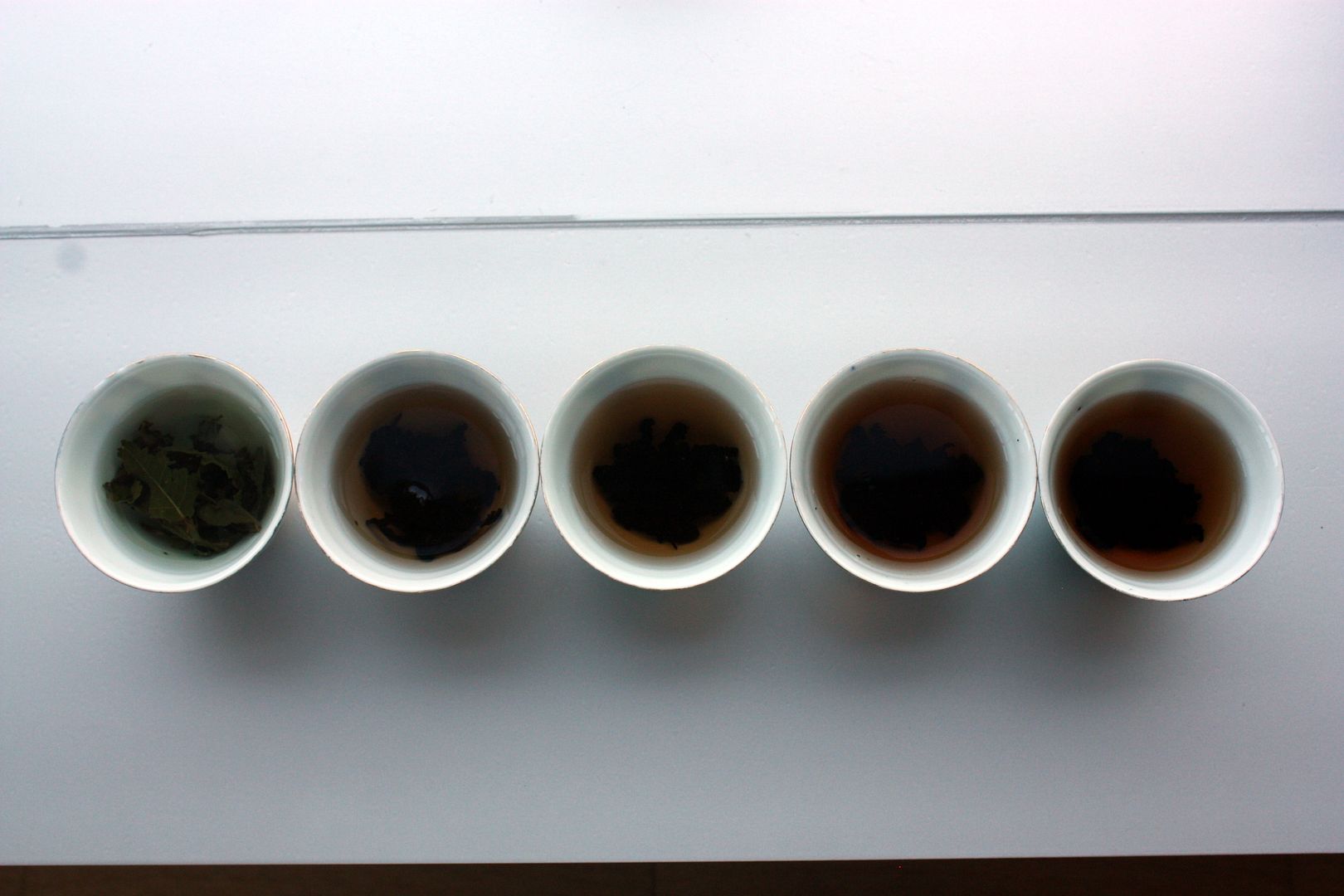
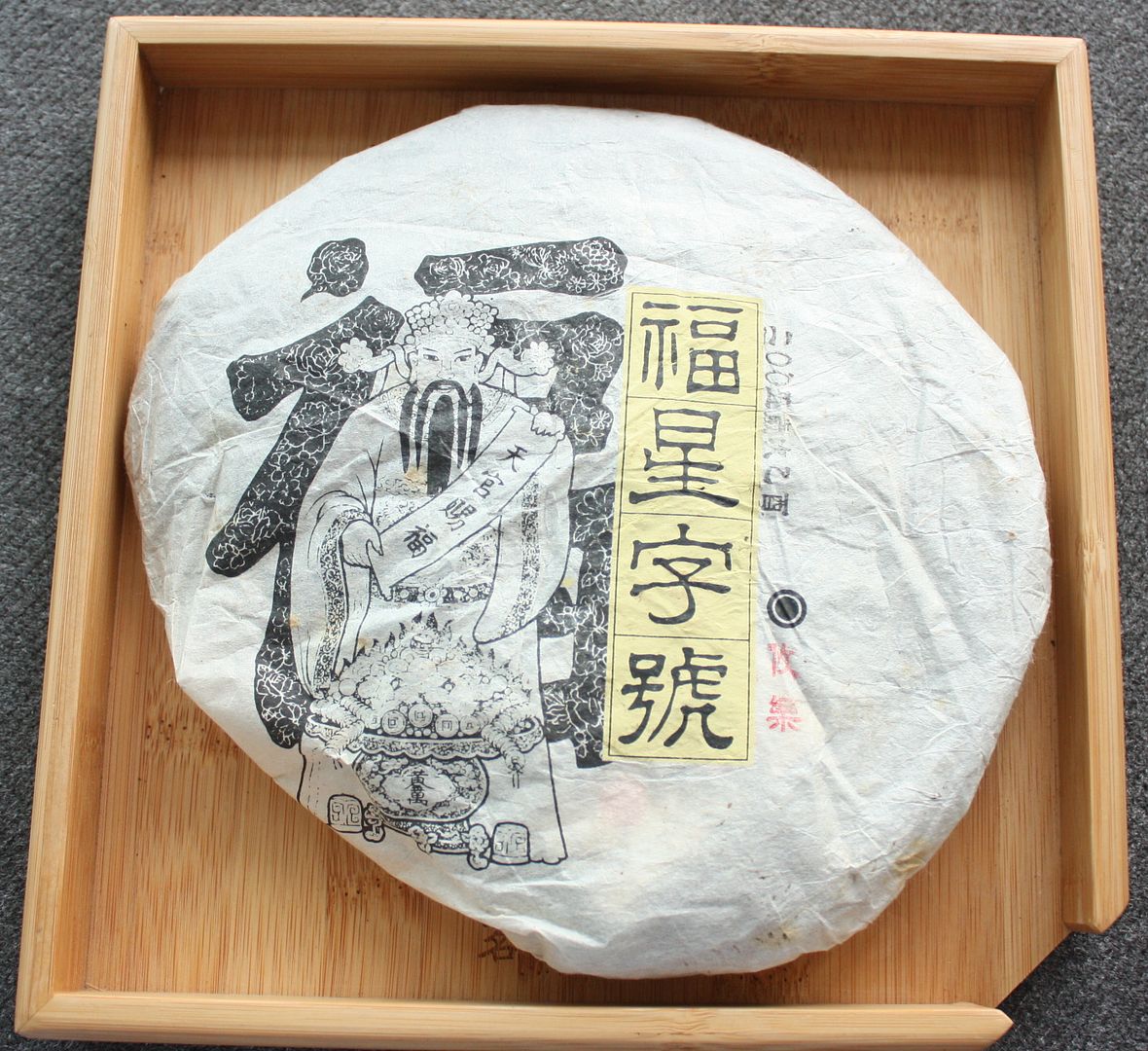
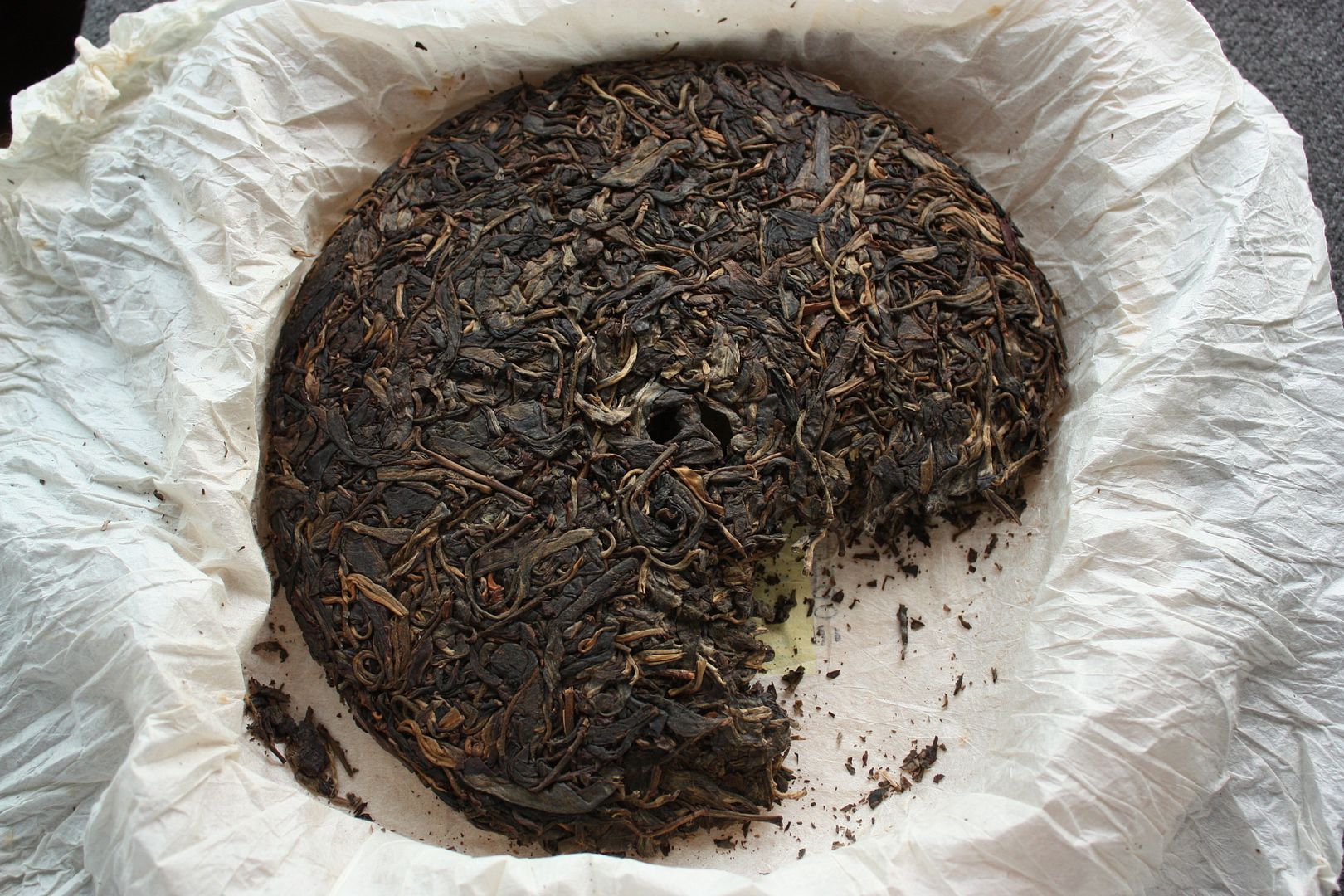

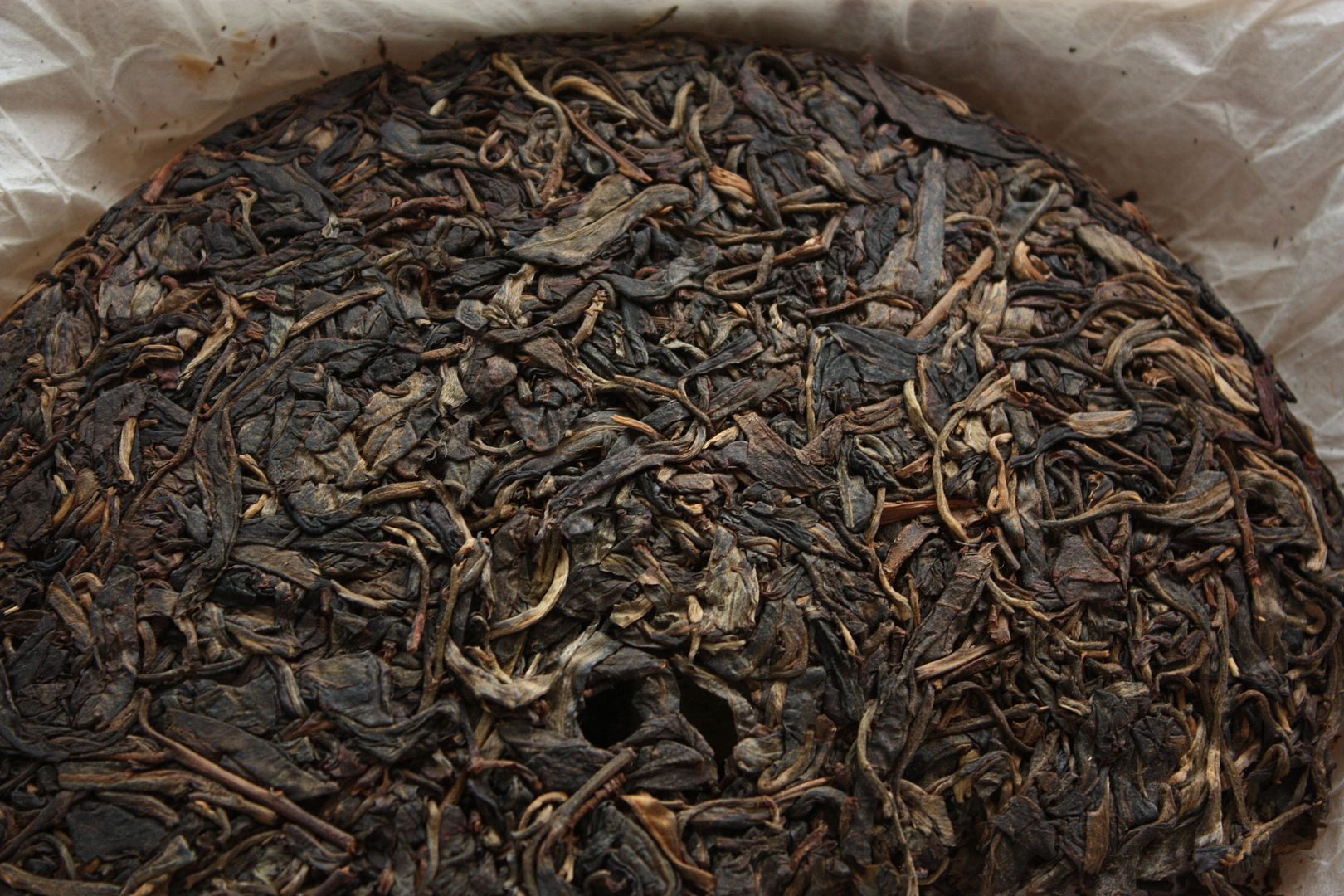
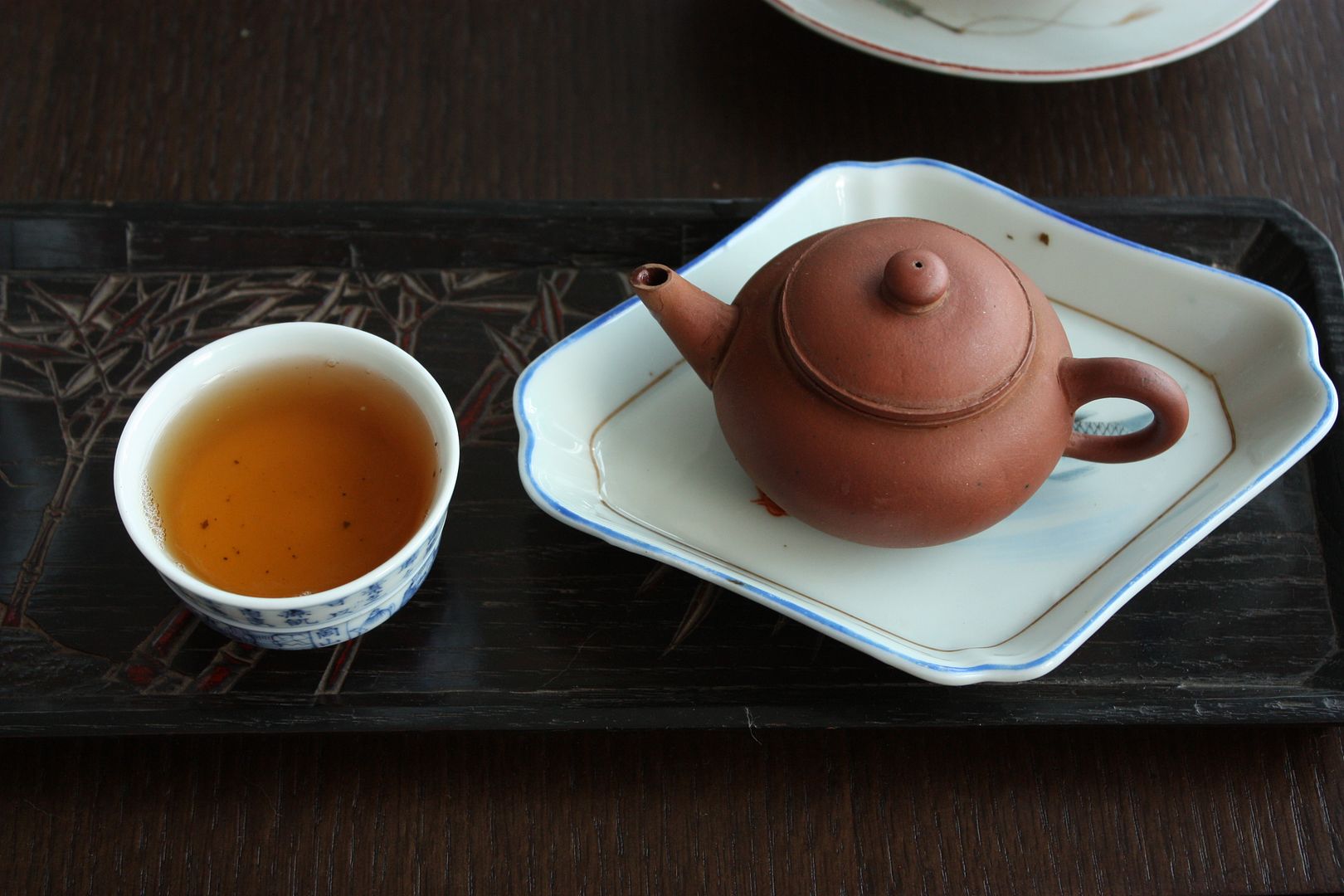
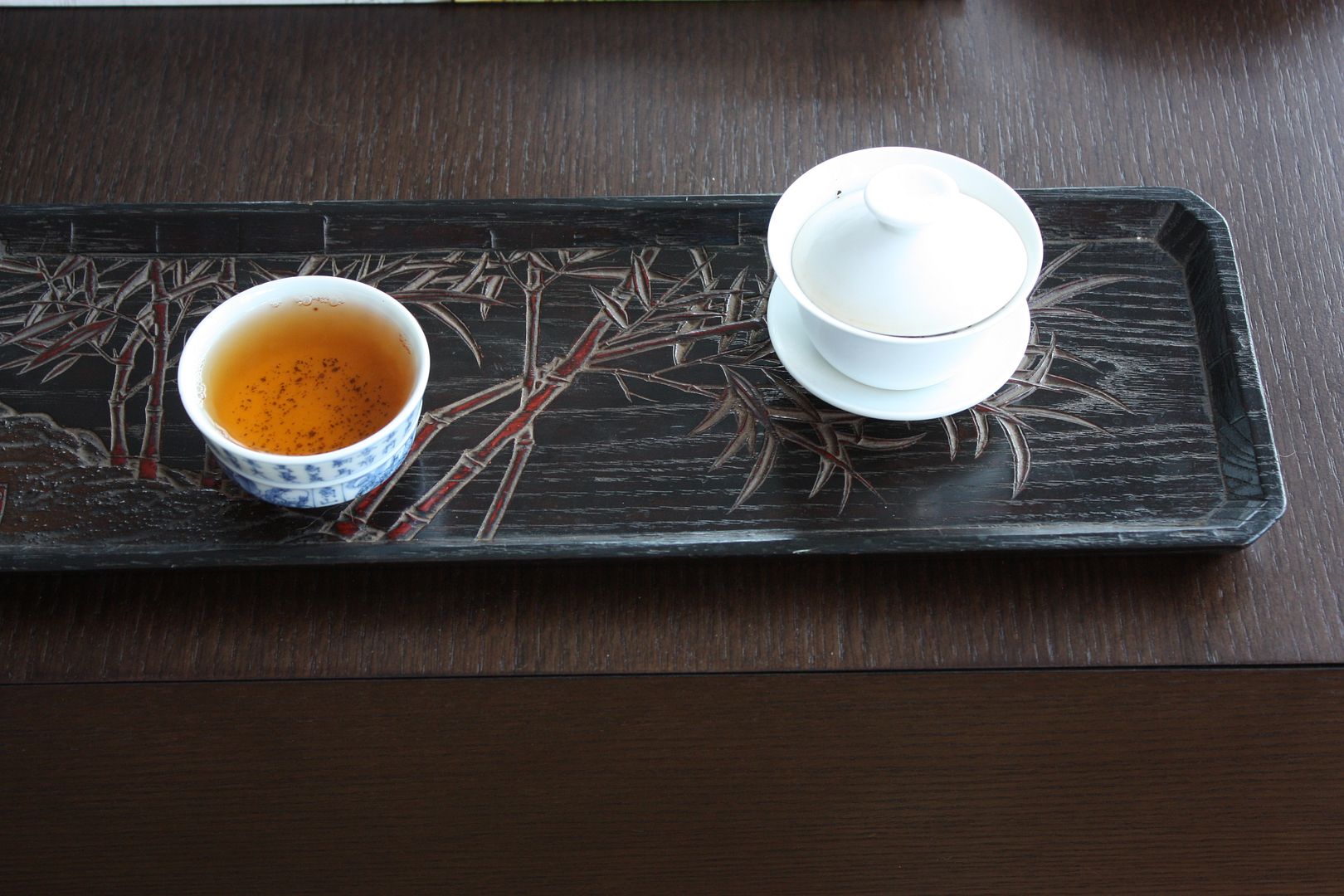
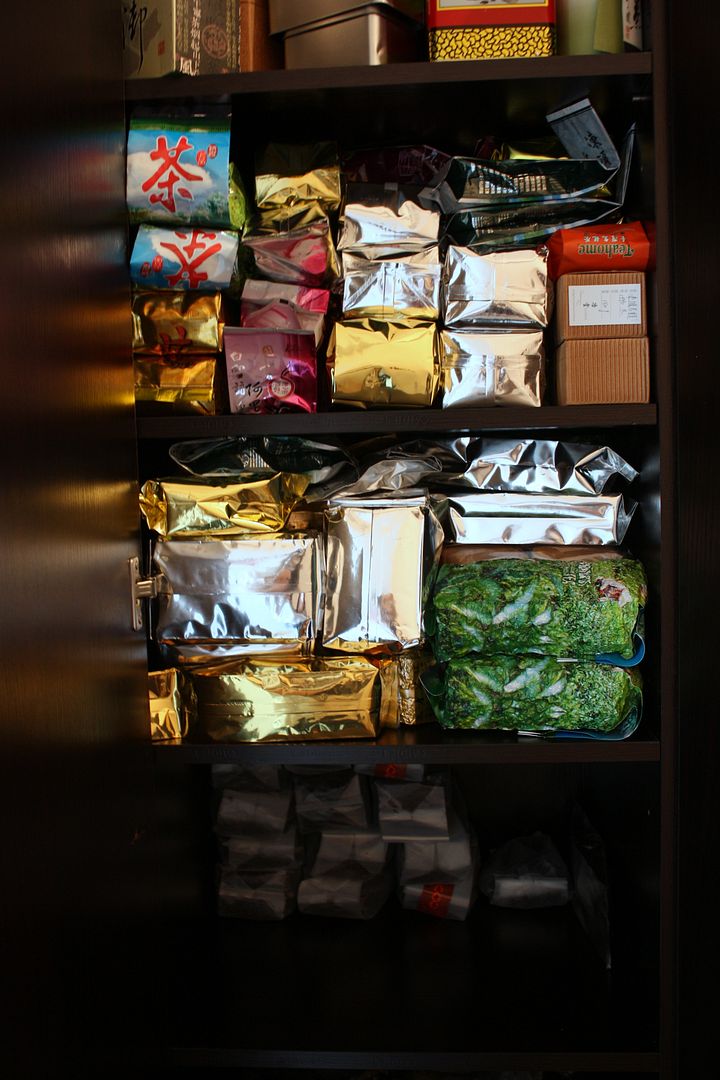
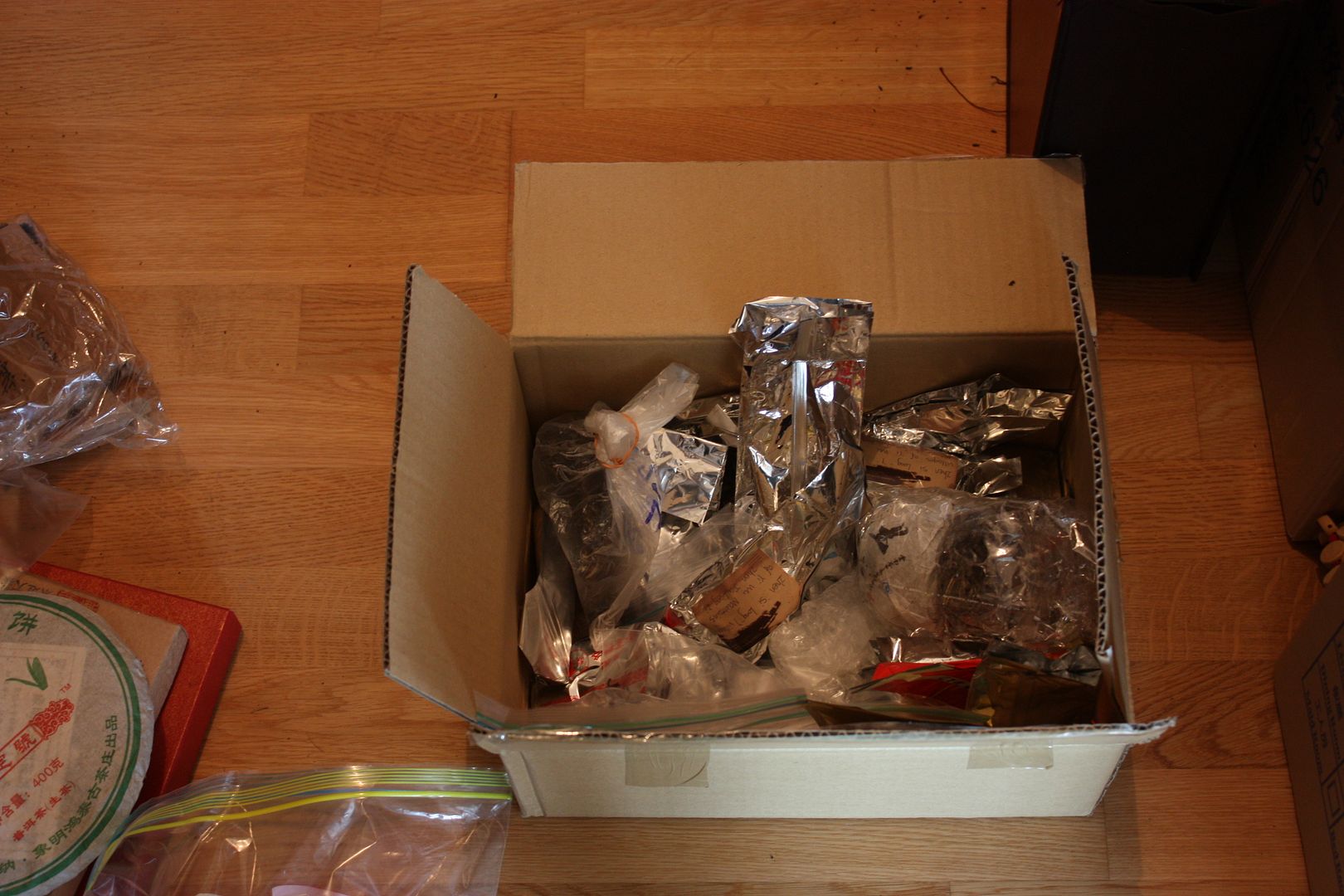
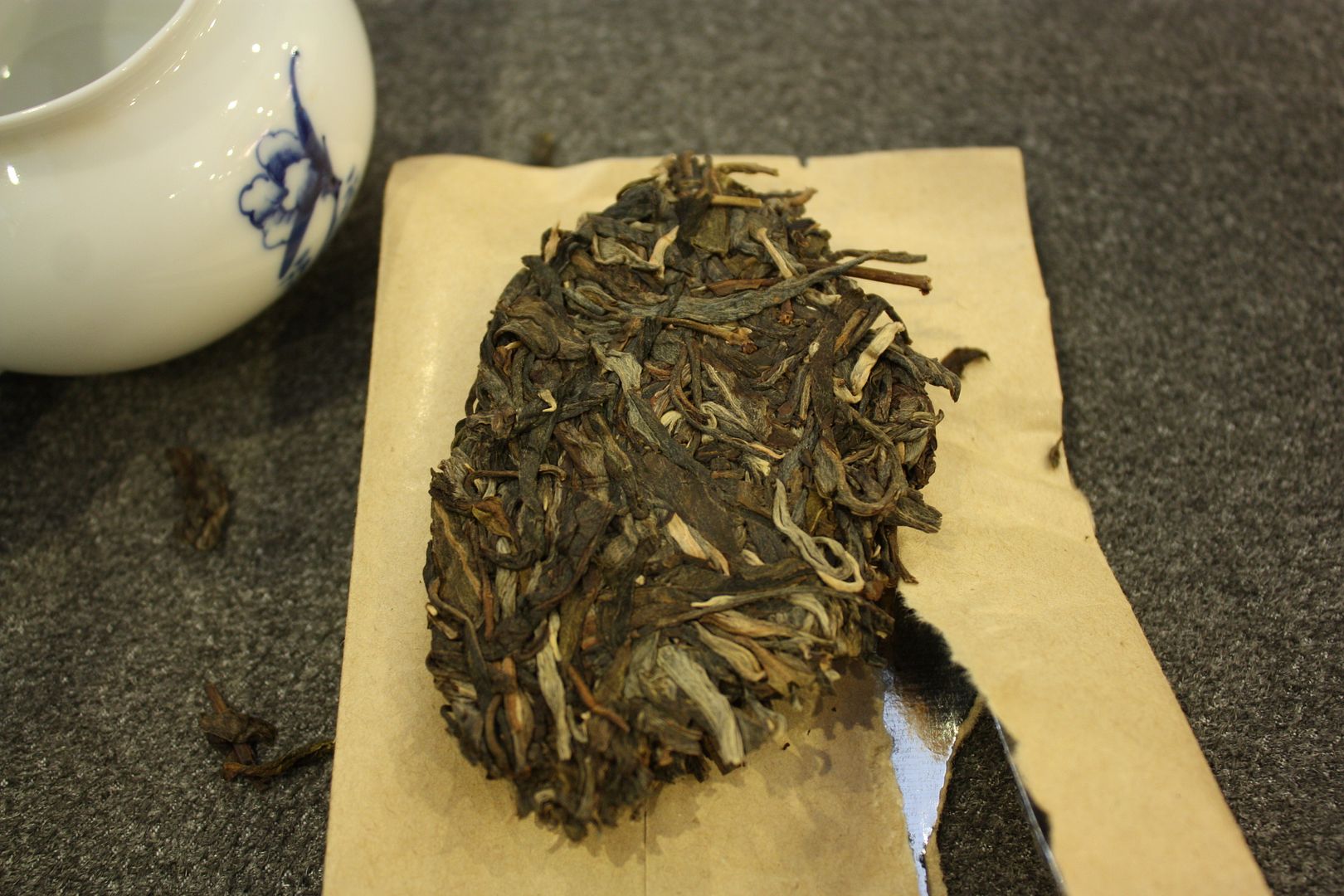
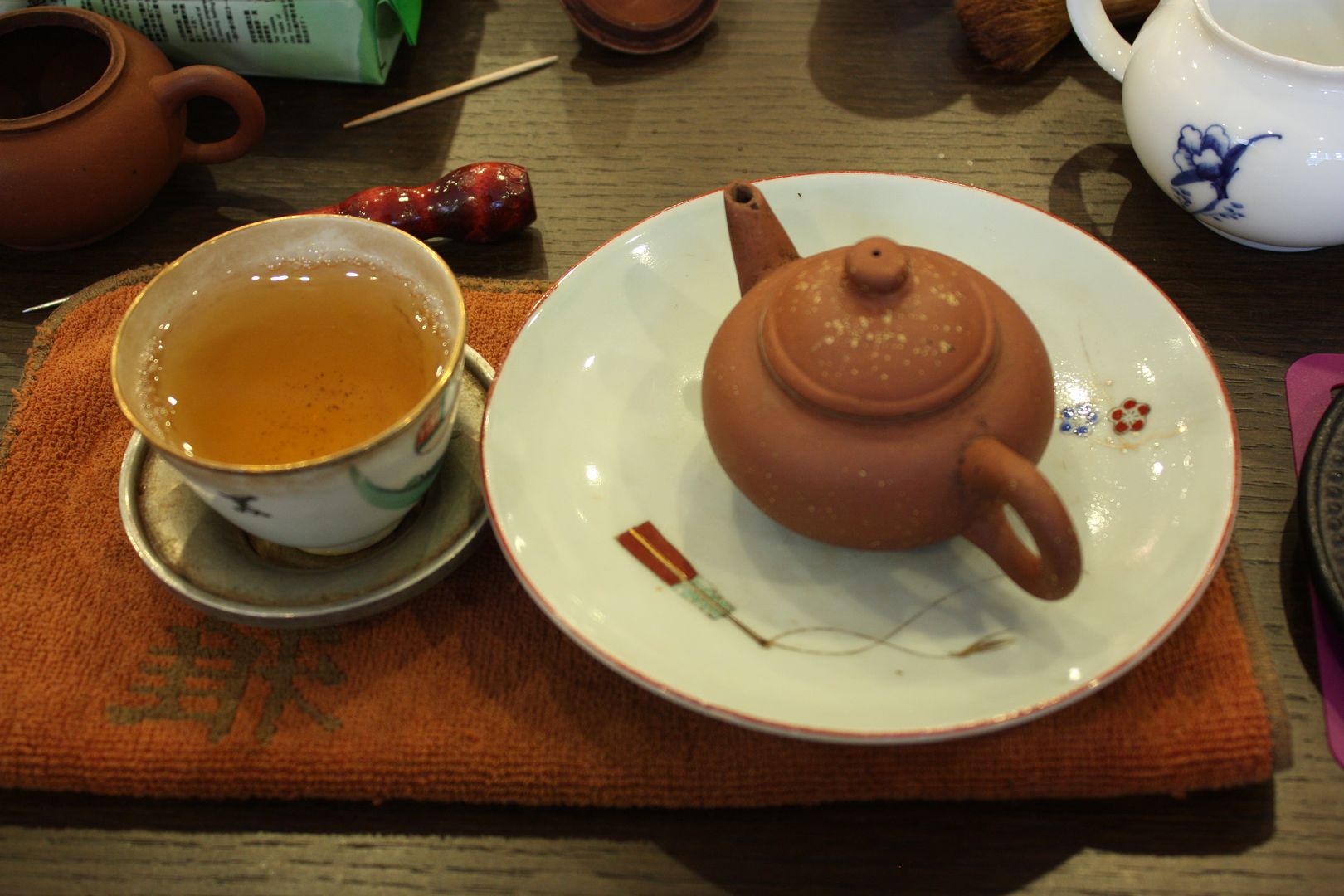
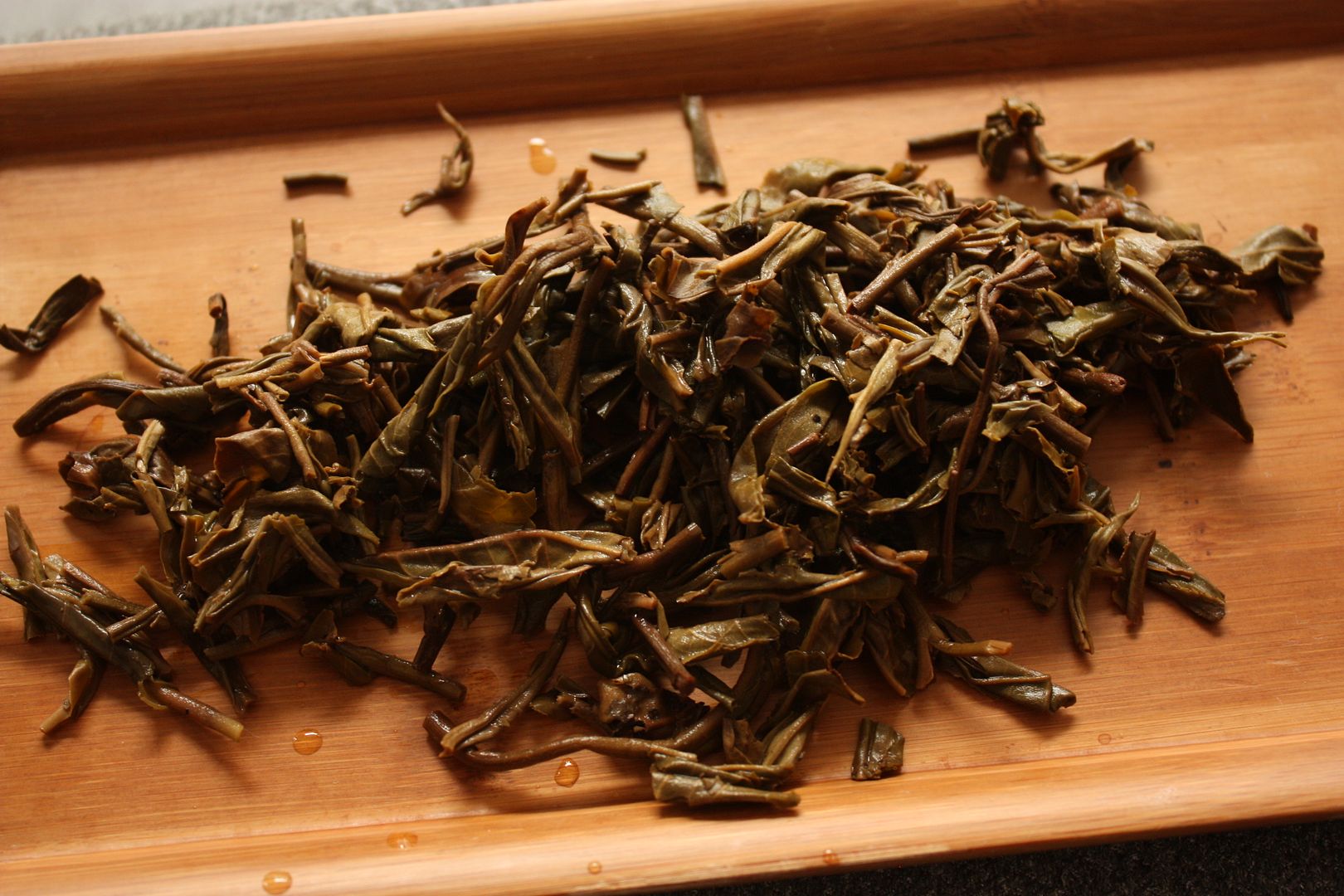
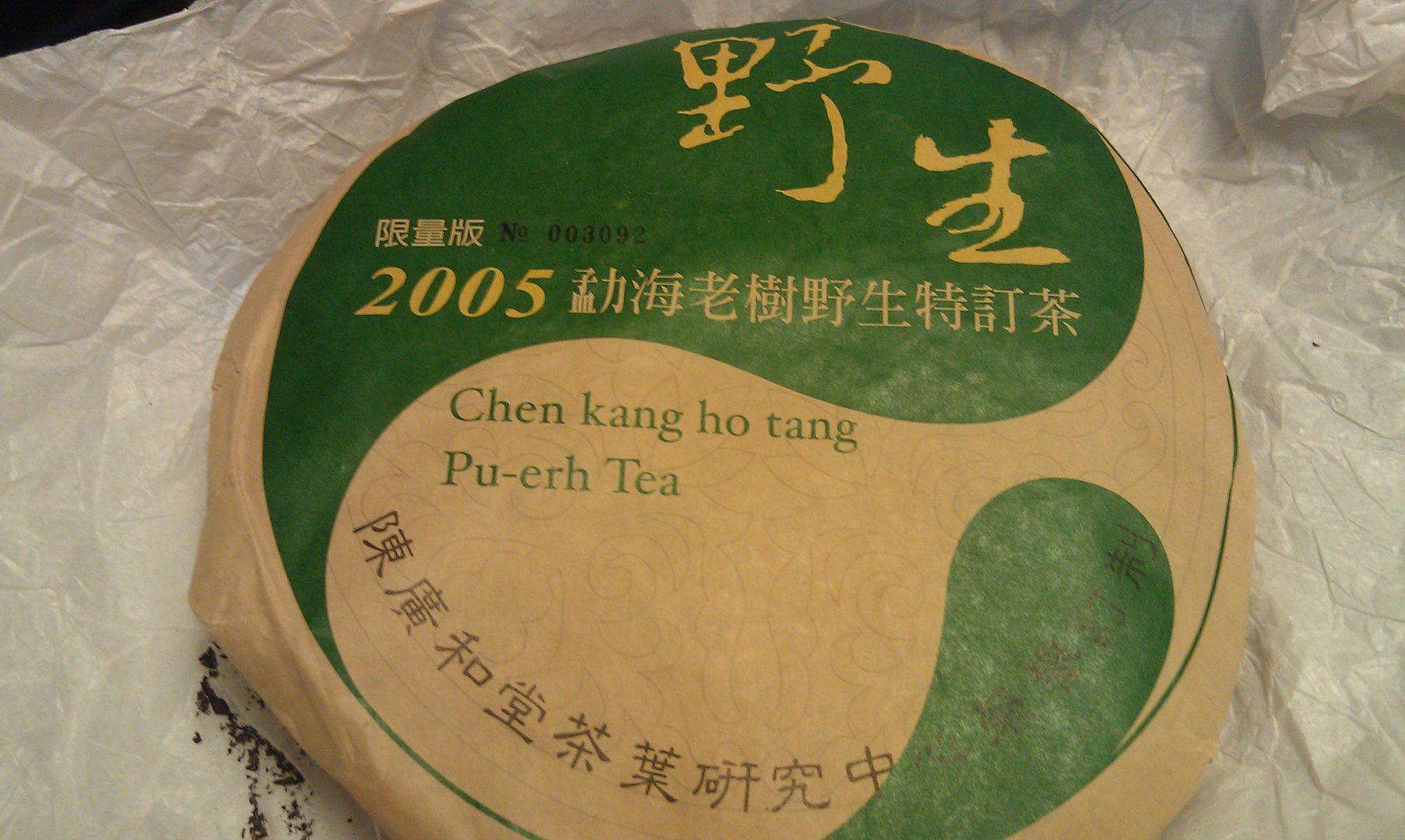
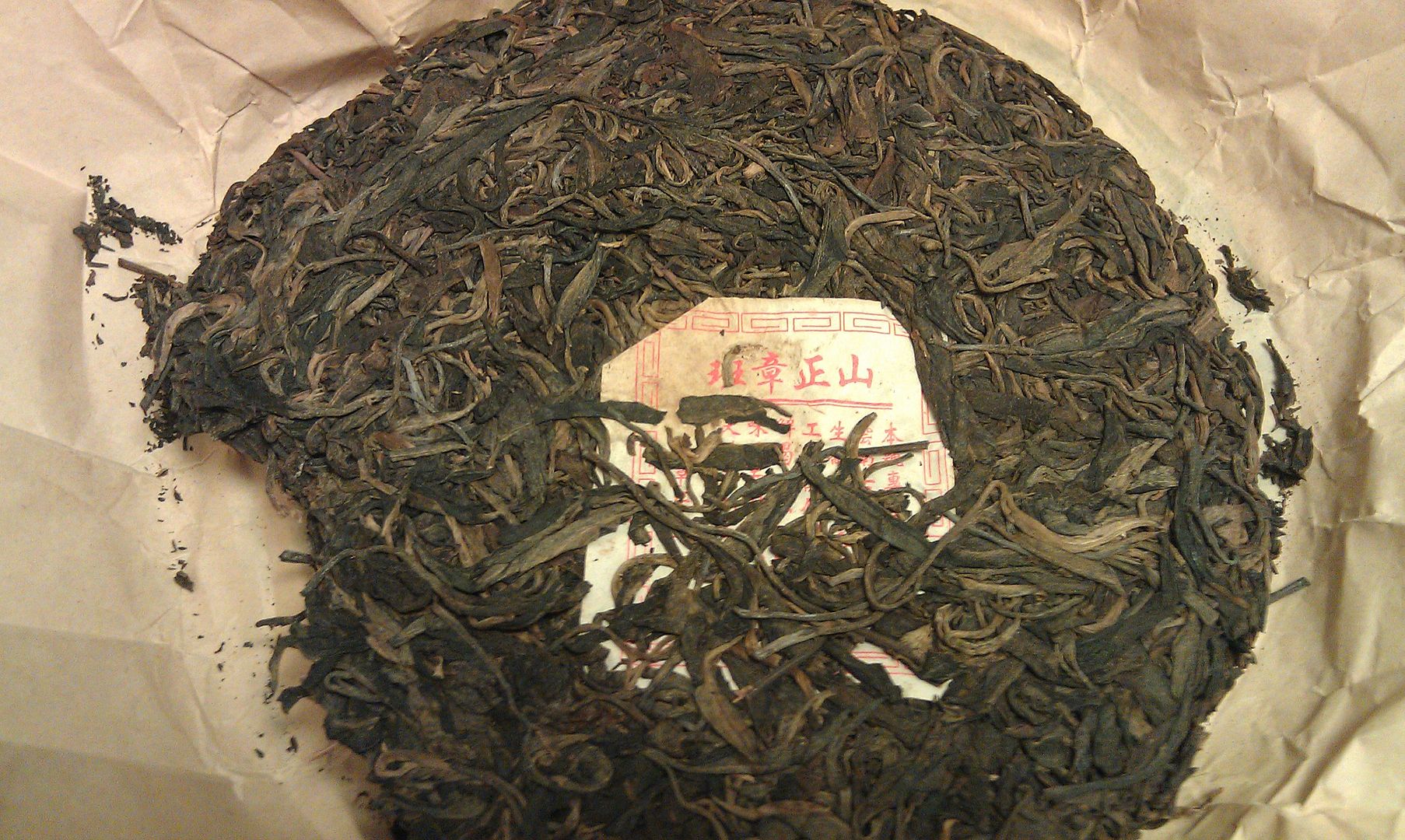
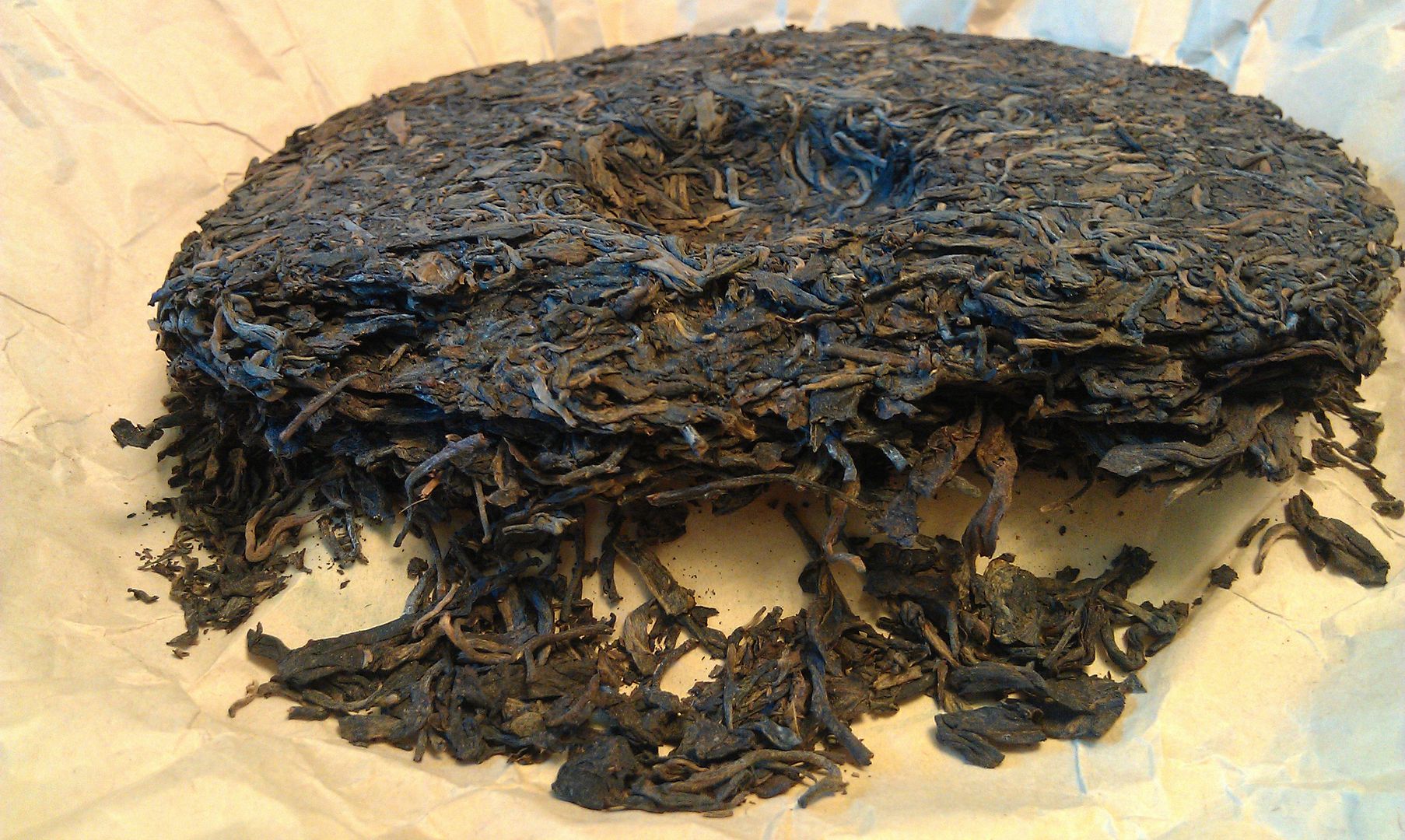
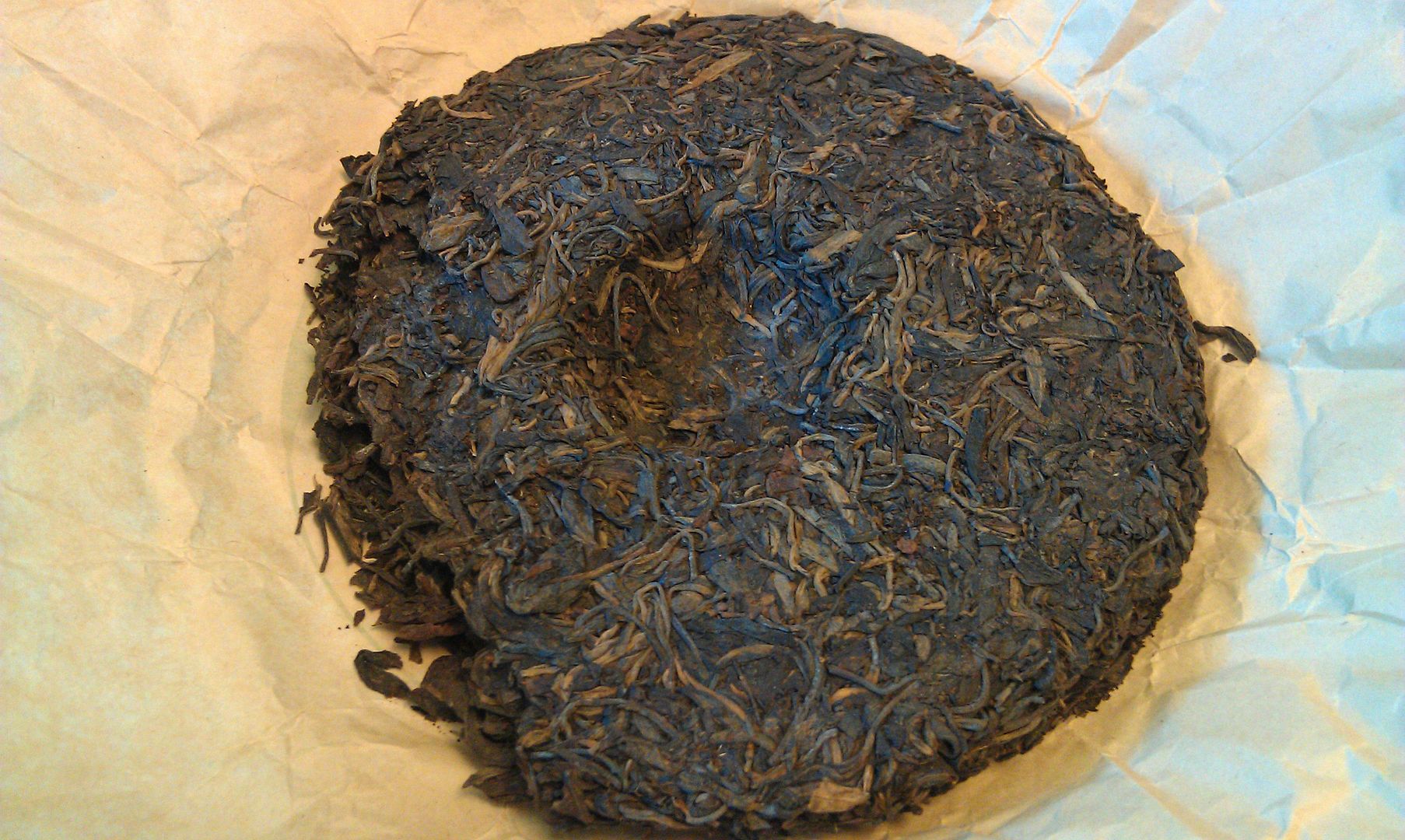
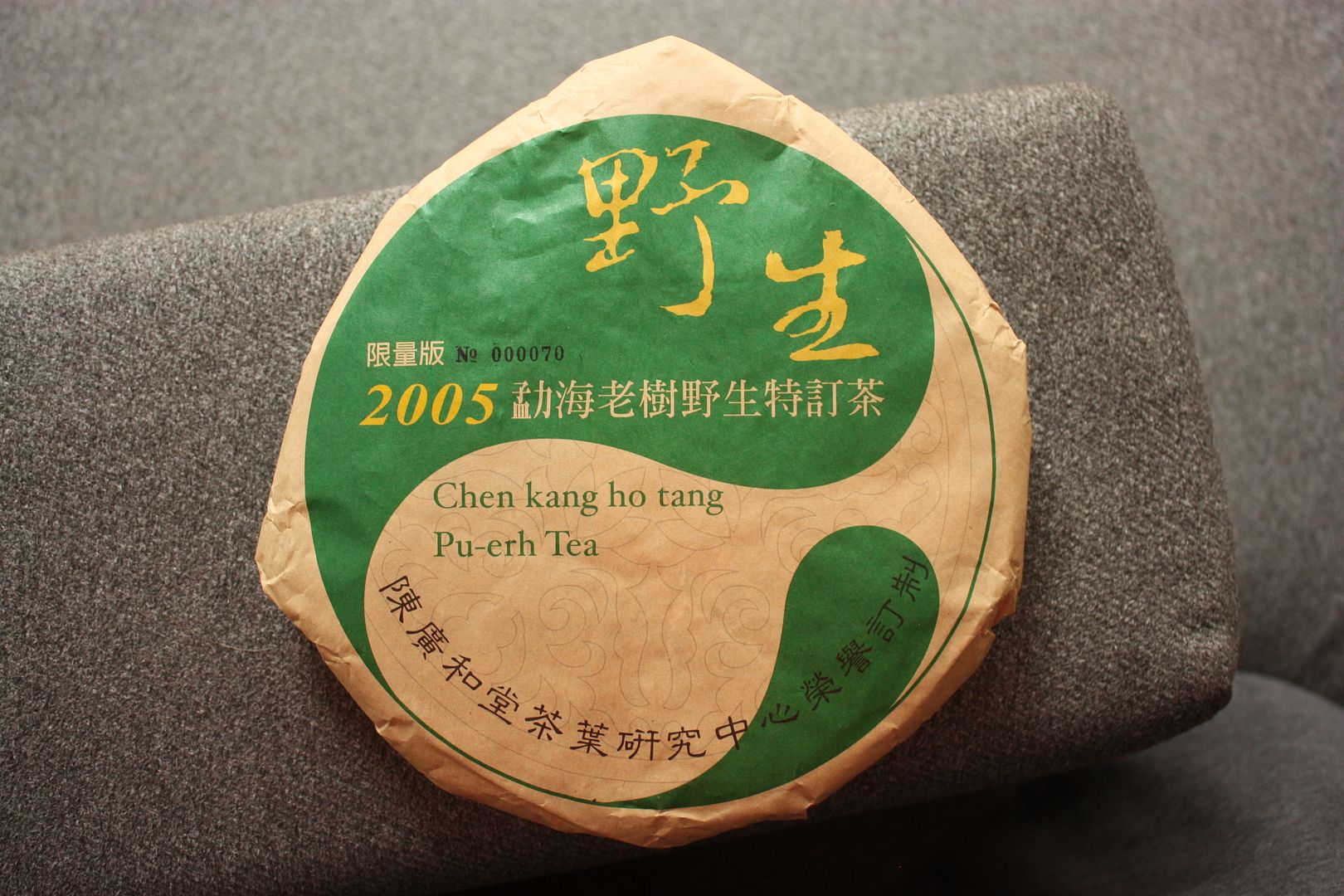

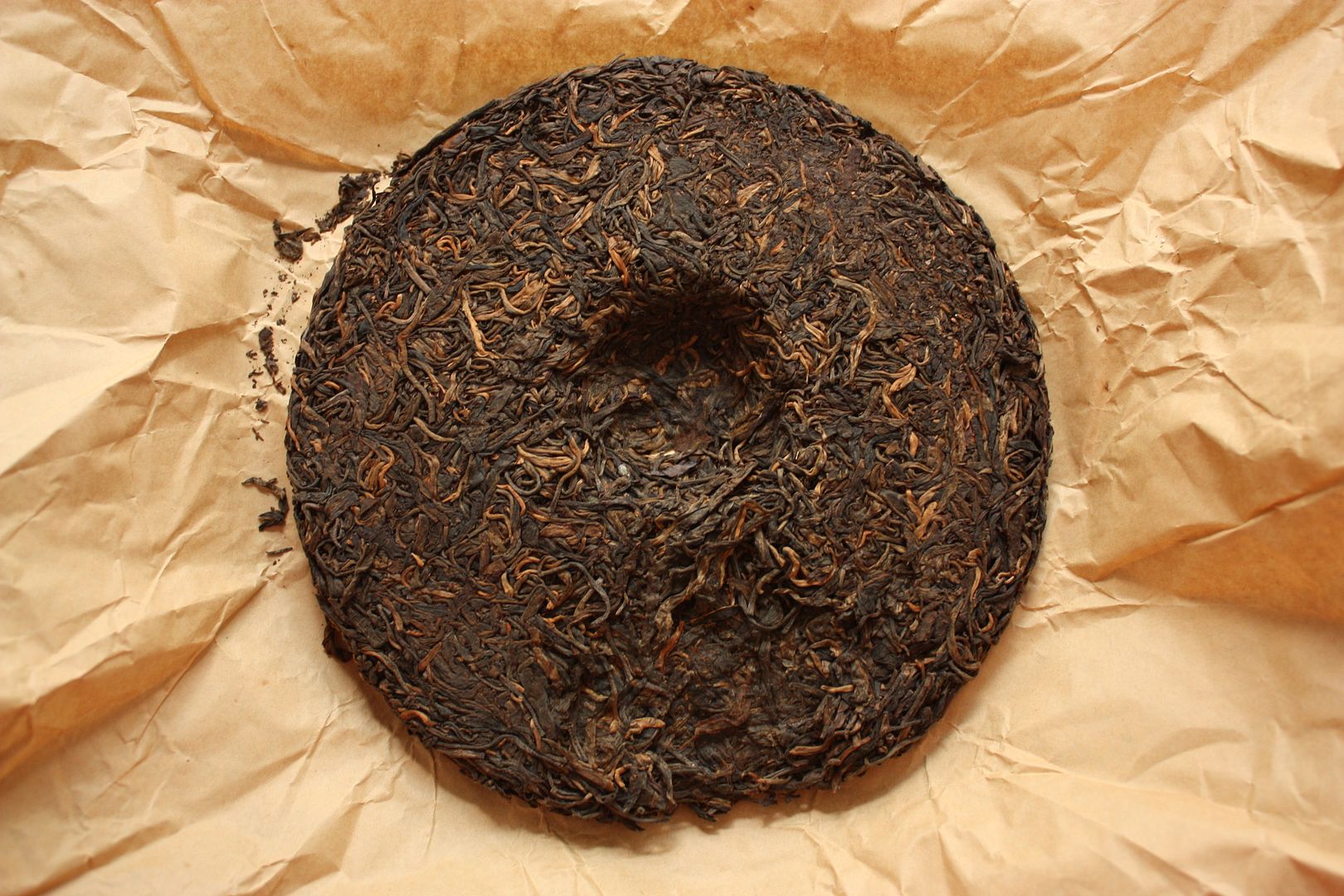
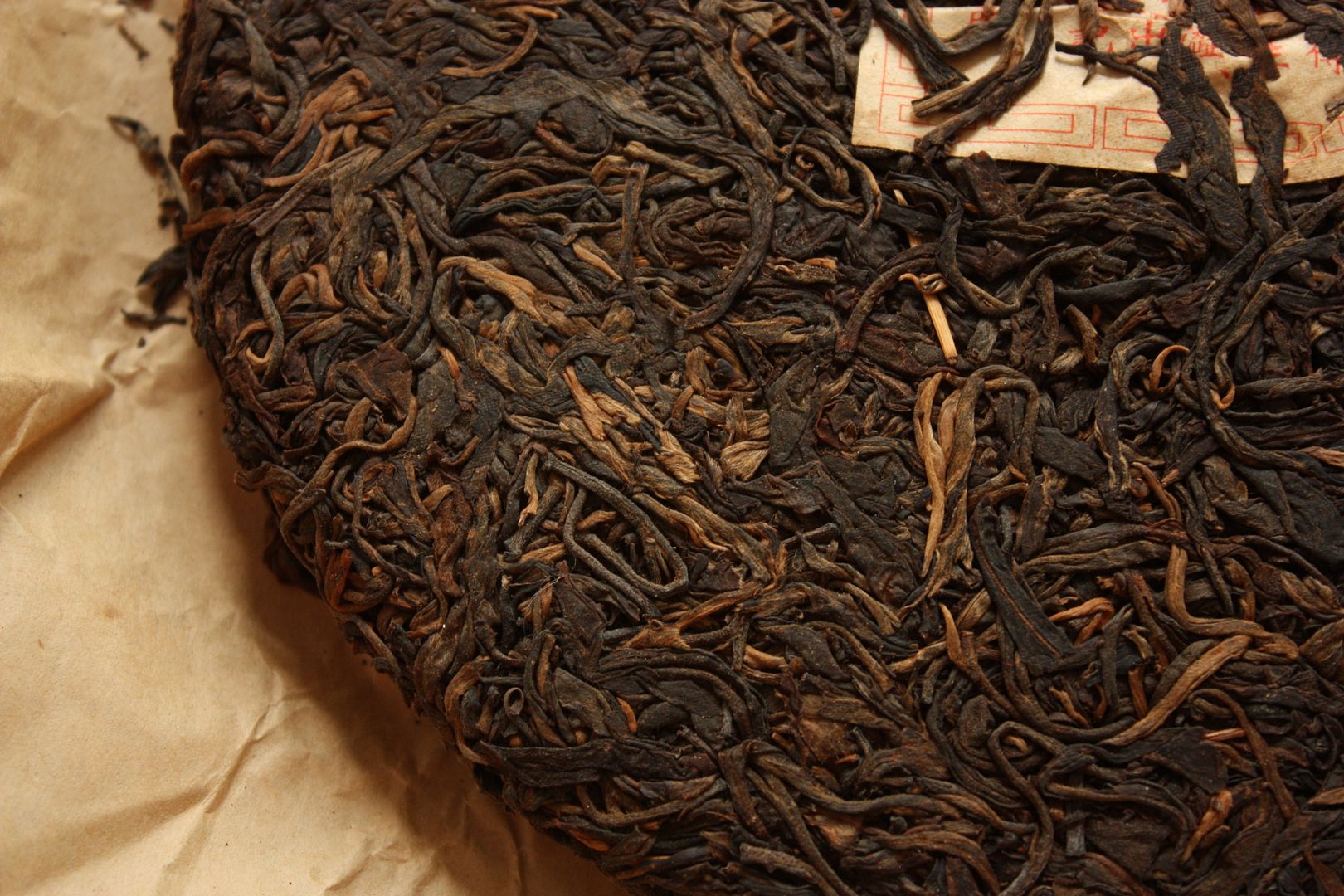
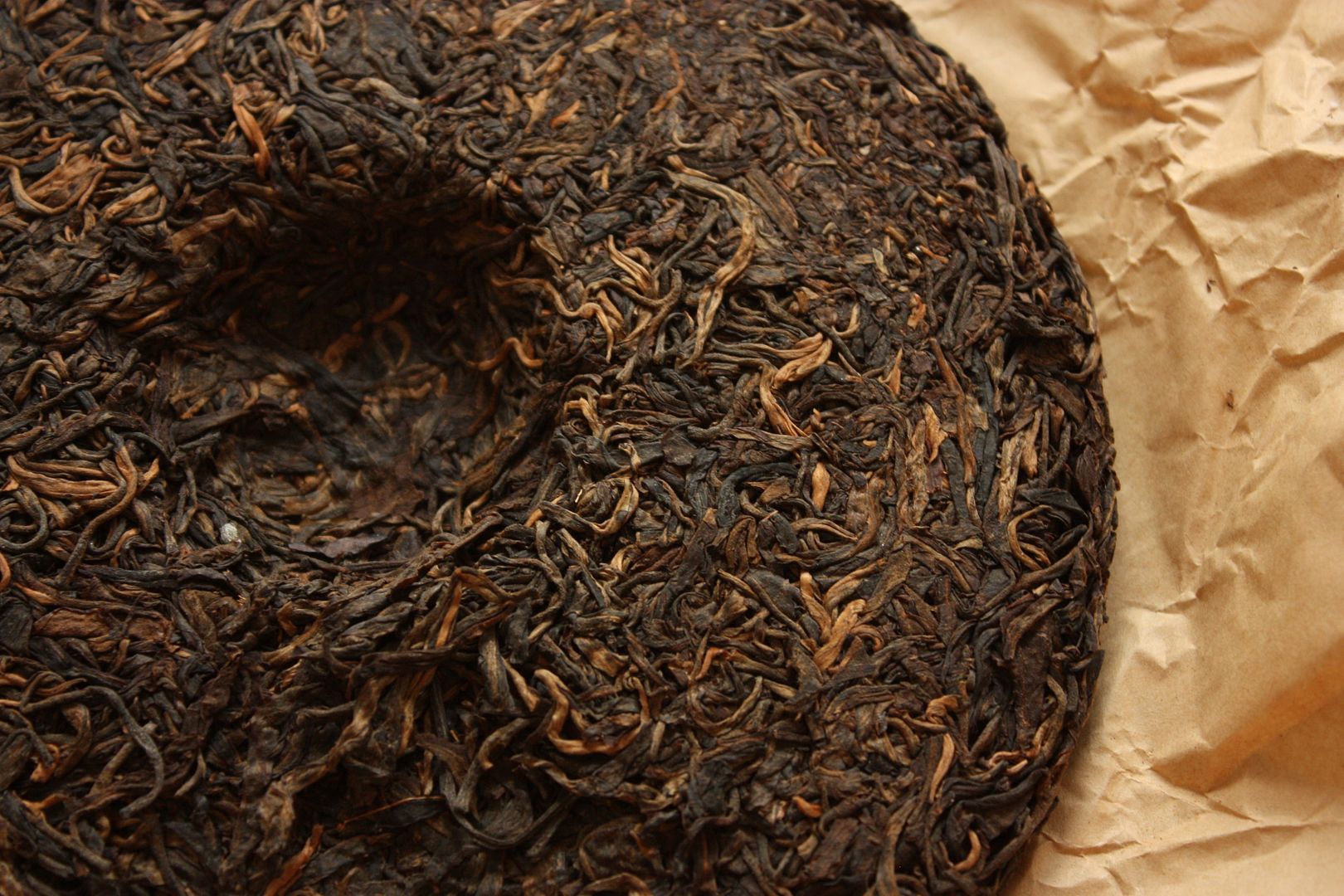
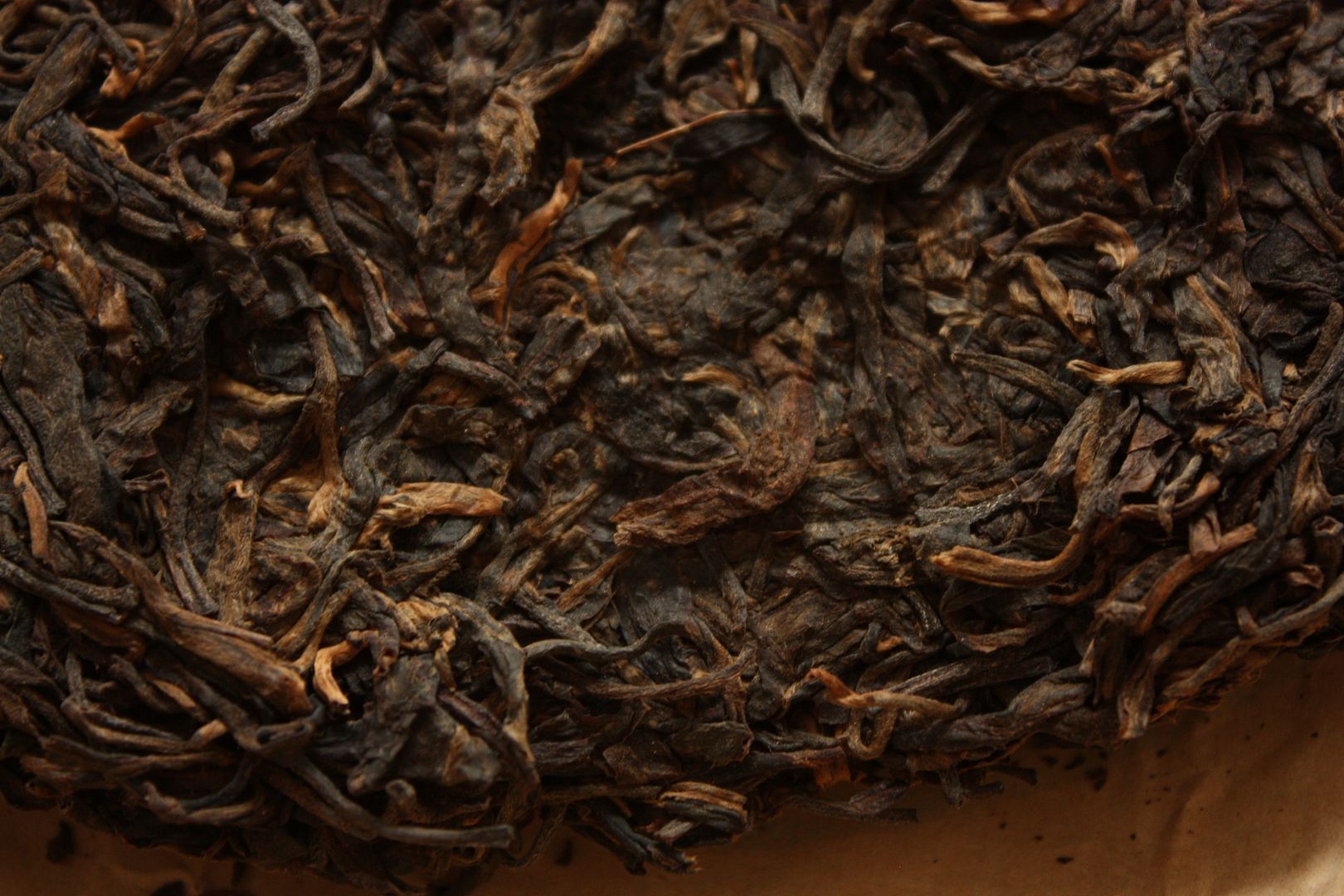
 RSS - Posts
RSS - Posts
Interesting.... would 250C in my oven work?